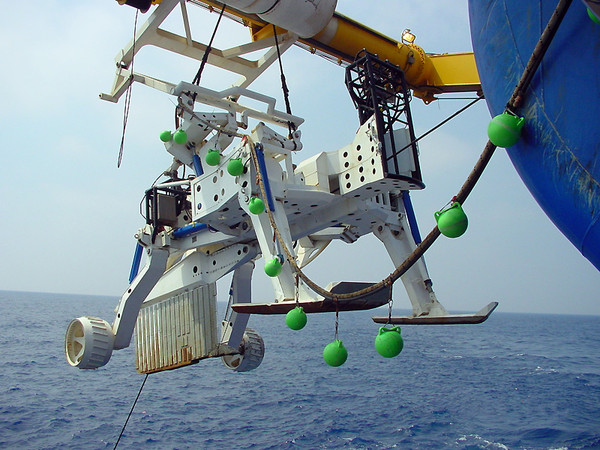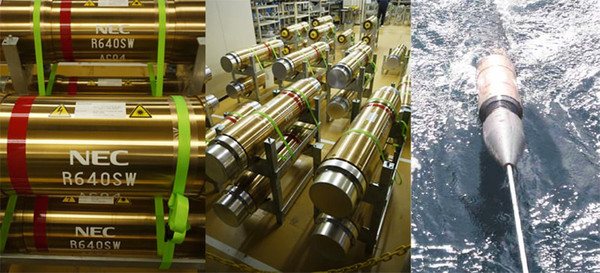Behind the Laying of 9000km Japan US 60Tbps Cross Pacific Submarine Optical Cable
Many netizens are curious about the 9000 km long trans Pacific optical cable that was laid between the United States and Japan earlier this year and can provide 60Tbps communication bandwidth. For this reason, New Atlas asked Kenichi Yonyama, the chief project director of NEC's undersea network department, for many details.

Yonyama said: "This trans Pacific optical cable is really long, about 9000 kilometers (5592 miles). The first question is which kind of suitable material to buy to build this cable, and the container and tugboat to place them. We also need to consider obtaining project permission and paying close attention to the weather over the Pacific Ocean.".

Underwater plough
"Although most optical cables can be directly sunk, according to the geographical location and seabed conditions, we sometimes use special underwater plow devices to bury them to protect them from being cut off by fishing boat trawls. How to properly transport optical cables is also a problem. These optical cables are carried by a 140 m (460 ft) ship The journey from the United States to Japan takes two months. Be very careful when winding and unfolding. "
In addition, the submarine cable itself also contains different thickness components: the lighter part is only slightly protected and insulated; The single and double layer snake skin tubes are more solid, but they also occupy more space. The most central part of the submarine cable is the optical fiber, followed by the steel sleeve for protecting the optical fiber, the copper sheath for power transmission, and the polyurethane sheath for insulation.
Lightweight optical cables can be simply installed underwater (most of them are of this kind), because there is no activity of fish there. However, in areas with very shallow water, too much fish activity and fishing boat anchoring will cause more accidental damage. At this time, "double-layer armor" optical cable must be used.

Signal repeater
Another problem is how to supply the power required by the submarine cable (signal relay/intensifier), which requires the transmission of the stations at both ends of the cable, that is, one side is in Oregon, the United States, and the other side is in Chiba County, east of Tokyo, Japan (the current is about 1 ampere). One station bears the positive load, the other station is the negative load, and the current flows between the two stations.
In order to determine the layout of submarine cables, we had to carry out a survey of the route to see whether there were permits and other issues, and contact various fishery associations to ask fishermen about the main routes of fishing. A company provided us with a map of the seabed, by which we can choose the route of the optical cable. As a part of the survey, we also have to integrate the actual conditions of the seabed and determine that there are no sunken ships and other obstacles on the route. We must consider all these factors, and make a good plan for the production of optical cables in the factory before starting. This is a continuous optical cable, and any error or change will have a serious impact on the production process.


